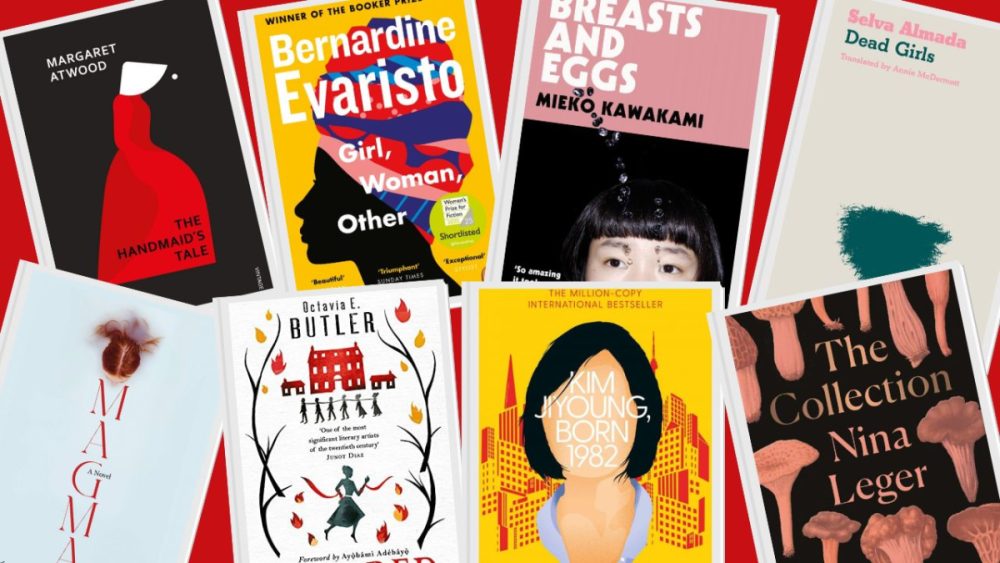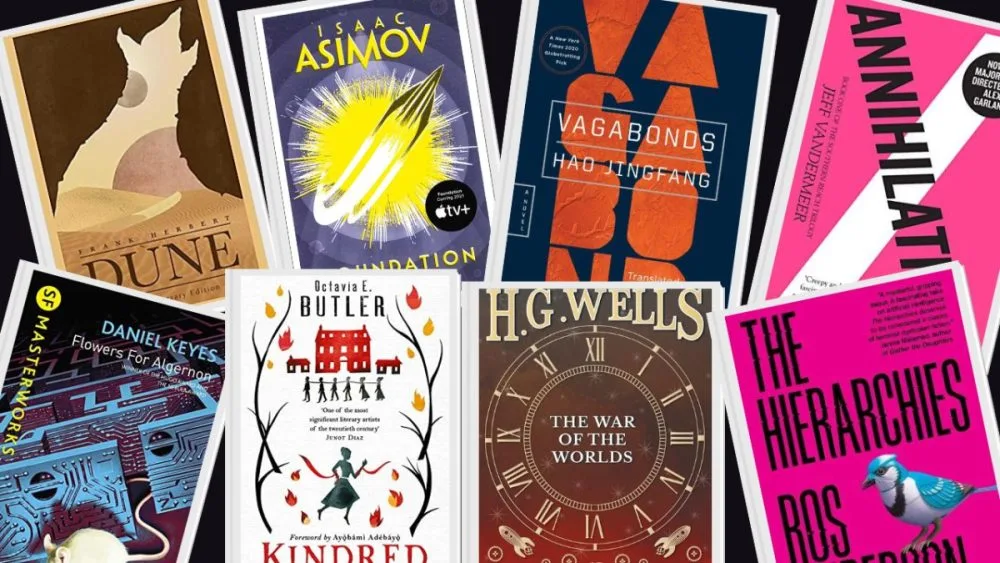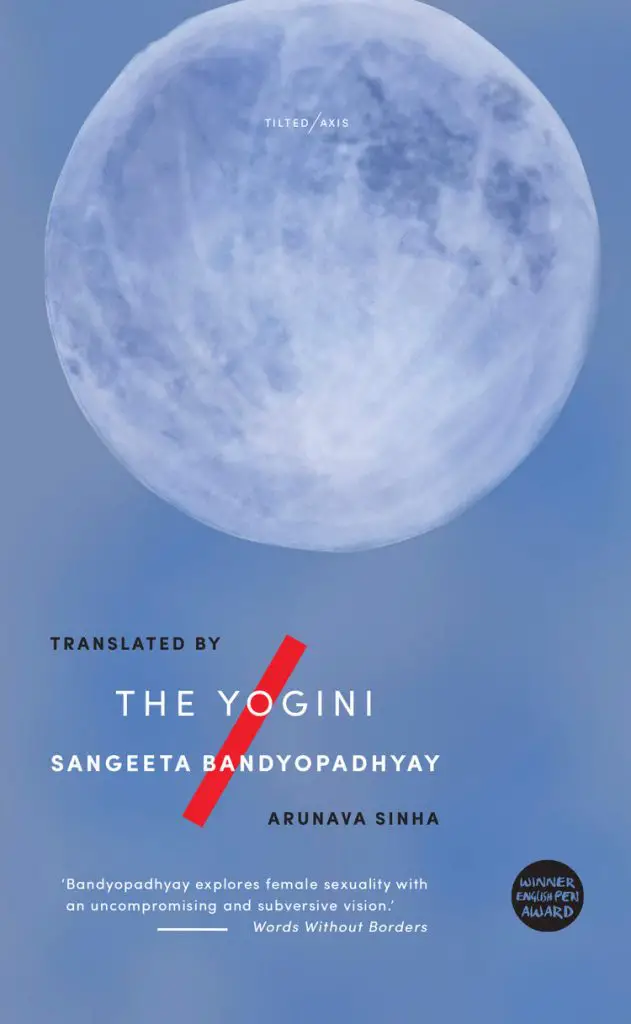British author Sir Terry Pratchett transformed the world of fantasy fiction with his Discworld.
Much like how Douglas Adams injected humour and absurdism into science fiction, without removing any of the philosophy and political allegories, Pratchett did the same with fantasy.
But when he passed, Sir Terry left us with forty-one Discworld novels; and if you’ve never read one before, the big question is: where do you start reading the Discworld?

It can seem like a daunting and strange thing for those interested in Pratchett and his unique brand of fantasy fiction, but here are four simple ways to get into the Discworld.
But before we get to them, let’s answer another question: what is the Discworld, exactly?
What is the Discworld?
Put simple, the Discworld is a fantasy universe created by one man: Terry Pratchett.
Based on real-world mythology, it’s a disc-shaped world hurtling through space on the back of a giant turtle, supported by four elephants which stand balanced on its shell.
That turtle is the great A’Tuin. He is orbited by a small sun and moon; the disc has an edge, over which people might tumble into the abyss; and his shell is pockmarked with asteroid craters.
Pratchett wrote forty-one Discworld fantasy novels before his death, and each is set on the flat world supported by A’Tuin.
This means that, the more Discworld novels you read, the more you explore that world. Places and people become familiar, and the Discworld starts to feel like a second home.
The vastness of the Discworld and its eccentric cast of characters offer a source of solace and comfort to fans who love to live within this wonderful world.
Beyond how imaginative and welcoming the Discworld is, it’s also a place of humour, clever political wit, and real-world social allegories.
Pratchett used the Discworld as a way to philosophically explore real-world social and political issues, reframing them in a comedic fantasy setting.

Sir Terry was a satirist, and many of the Discworld novels have plots, characters, and events that satirise specific social and political topics.
This means that, while a lot of his comedy is creative, goofy, and charmingly innocent, much of it is specifically political wit and satire.
Pratchett was the kindest author to have ever existed; a man with an enormous heart and boundless compassion.
This means that his comedy is always punching up, not down. He satirises, and never bullies. That’s a vital thing to know about the Discworld.
One subtly genius thing about the Discworld is that it begins as a fairly standard medieval-esque fantasy world, complete with knights and wizards and dragons.
However, despite each novel being self-contained, the world is moving forward, and progress is made. This means that technological advancements do come along.
So, if you read the Discworld books chronologically, you can watch a world shift from a mediaeval place to an industrial one.
Where to Start Reading Discworld Books
As I just mentioned, every one of the forty-one Discworld novels (with one exception, which we’ll get to) is a self-contained fantasy book.
This means that you can start anywhere. Pick up a Discworld novel and off you go!
But it’s also not that simple, and plenty of readers are going to want a bit more guidance and advice, which is probably why you’re here.
For readers who want to know the best place to start reading Terry Pratchett’s Discworld, here are four possible starting points.
Start at the Beginning with The Colour of Magic
The Colour of Magic was the first Discworld novel Pratchett wrote. It introduces us to the world, to A’Tuin, to its magical places, to the iconic city of Ankh Morpork…
And to one of the Discworld’s four major protagonists: the incompetent and mostly useless wizard Rincewind.
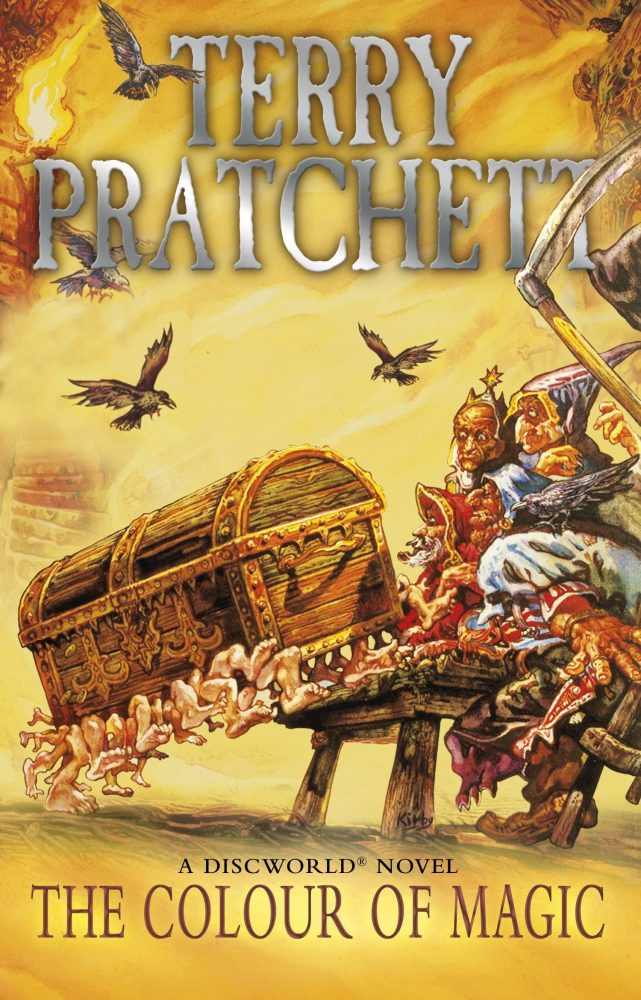
Published in 1983, this Discworld novel is an obvious starting point, given that it is literally the Discworld’s starting point. But there are both pros and cons to starting here.
The biggest pro is that you’re discovering the Discworld along with Pratchett. Since this is where it all began, you’re seeing him explore his own world through Rincewind’s eyes.
A negative to that point is that this is a very unrefined novel. Pratchett didn’t have it all figured out yet, so the world doesn’t feel entirely concrete yet.
Also, one of the Discworld’s most important aspects is its humour. Pratchett used the Discworld to create hilarious and poignant metaphors and allegories to real-world social and political topics and issues.
The Colour of Magic lacks all of that. The humour is there, and that humour is still very much Sir Terry’s iconic imagination-fuelled wit, but it’s a rather goofy and basic kind of humour.
This is also the only Discworld novel with a direct sequel. I mentioned earlier that there is a single Discworld novel that’s not a stand-alone, and that’s the second one.
The Light Fantastic is a direct sequel to The Colour of Magic. This means that, if you start at the beginning, you’re obligated to read two novels, rather than just one.
Side note: This is where I began. I picked up The Colour of Magic while at university, and just read the books chronologically from there on. It’s a great way to do things.
Buy a copy of The Colour of Magic here!
Pick a Protagonist: Rincewind, The Witches, Death, The Watch
Across the majority of the Discworld’s library, there are four protagonists:
- Rincewind the incompetent wizard
- The Witches, led by Granny Weatherwax
- Death (yes, the Grim Reaper himself)
- Sam Vimes, captain of the Ankh Morpork city watch
When you pick up a Discworld novel, chances are high that one of these four will be that novel’s protagonist.
Knowing this means that you get to ponder over which protagonist speaks to you most, and you can simply start with them.
Side note: A fifth protagonist, Moist von Lipwig, was introduced much later in the series and had three of his own books, but the above four remain the core four Discworld protagonists.
Side note #2: A Sixth protagonist also exists, Tiffany Aching, but she is the protagonist of the children’s branch of the Discworld, and we’ll come to her later.
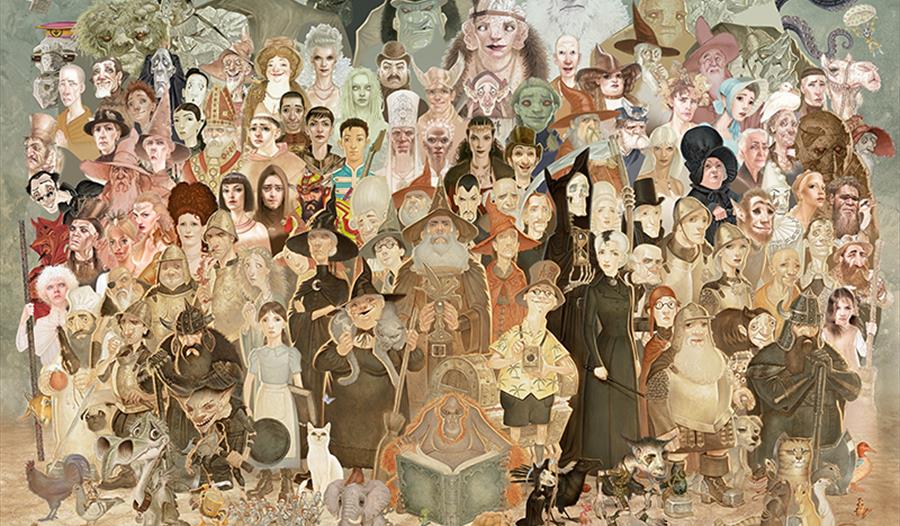
If you’re interested in the world’s magic and its university, begin with the cynical and useless Rincewind.
If you want your stories full of witchcraft and feminist anger, start with Granny Weatherwax and the Witches.
If you want to know what Death’s worklife and social life are like, start with him (he’s also easily the Discworld’s best-written character).
If you want to follow the escapades of an incompetent but good-natured city watch, led by a man searching for his moral and purpose, start with Sam Vimes.
Each of these protagonists has their own series of novels, and they don’t all come one after the other.
They also each have a first novel, obviously. And if you do have a particular protagonist that takes your interest, I recommend starting with their first novel.
Rincewind’s first novel is also the very first Discworld novel: The Colour of Magic (and its direct sequel, The Light Fantastic).
The first Witches novel is the third Discworld novel: Equal Rites.
Death’s first novel is the fourth Discworld novel: Mort. (He appeared in earlier Discworld books, but only in a minor role).
The first Discworld novel to star Captain Sam Vimes and the city watch is Guards! Guards!, which is the eighth Discworld novel.
Any of these four books would make a great place to start reading the Discworld. Just choose a protagonist that appeals to you, and pick up their first novel.
Read a Standalone Discworld Novel (Small Gods)
While the above four protagonists do lead most of the Discworld novels, there are a few exceptions, and those are standalone Discworld novels.
The best of these is easily Small Gods, which many fans — myself included — consider to be the best Discworld novel of them all.
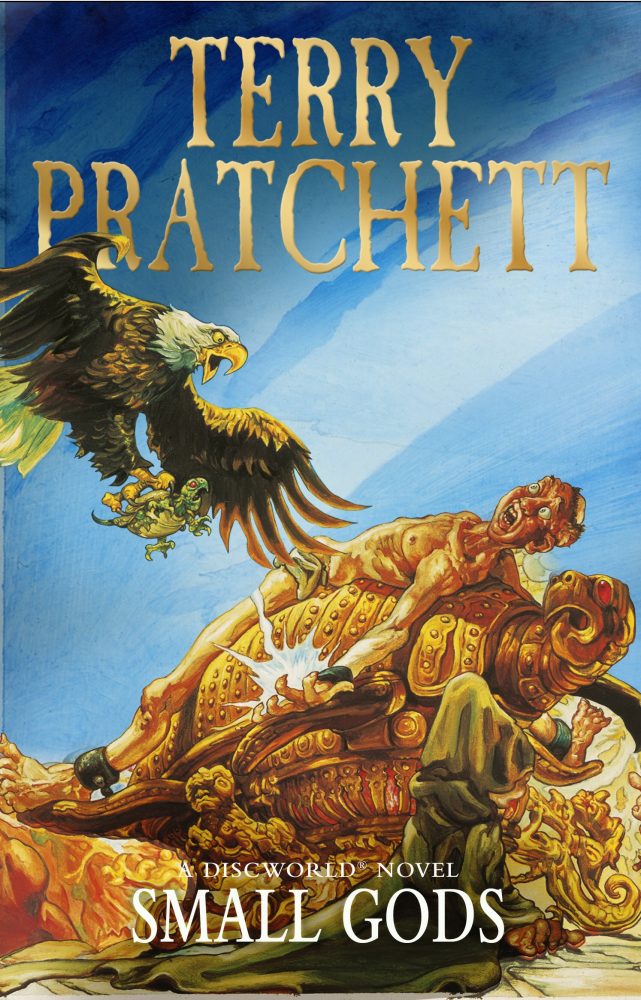
In fact, if you look at any article or video that ranks the Discworld novel, number one is almost always Small Gods (or Mort; people really love Mort).
This is great, because Small Gods is a totally unique, standalone Discworld novel. You can read it before any other and get the best Discworld experience right off the bat.
This is strangely similar to the situation with Agatha Christie, whose best novel wasn’t a Poirot or Miss Marple mystery, but the standalone masterpiece And Then There Were None.
If you choose to start with Small Gods, you don’t need any prior knowledge or information, and you’re jumping right in with the best and smartest of the whole bunch.
Small Gods also seems to be a kind of Discworld prequel, taking place before the rest of the novels, with only Death and the university’s librarian (an orangutan) making cameos.
Buy a copy of Small Gods here!
Read a Discworld Children’s Book
The above three options are the three key ways to start reading the Discworld series, unless you’re a child or you have children of your own.
Among the forty-one Discworld novels, there are a few which were specifically written for younger audiences, and they are the perfect ones to start with if you’re a child or you have kids.
There are two places to start reading the children’s Discworld novels: The Amazing Maurice and His Educated Rodents or The Wee Free Men.
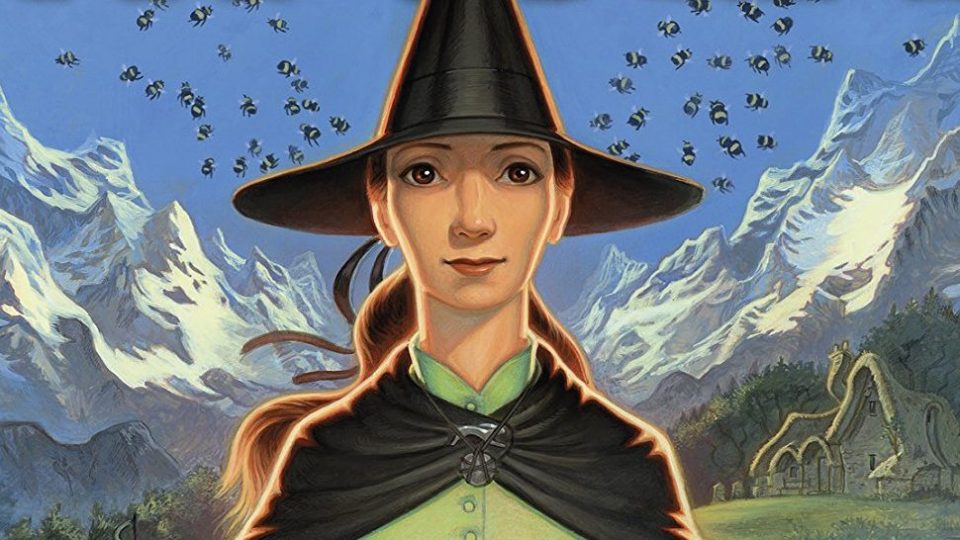
The Wee Free Men is the first Discworld novel to introduce protagonist Tiffany Aching, who stars in a total of five Discworld novels, including the final forty-first novel, The Shepherd’s Crown.
This option isn’t one I can personally speak on much, having not read any of them. I started reading the Discworld series as a university student and never felt any reason to read the younger books.
However, if you are a child or you have children of your own, the Discworld books which are written specifically for children are a wonderful place to begin.

